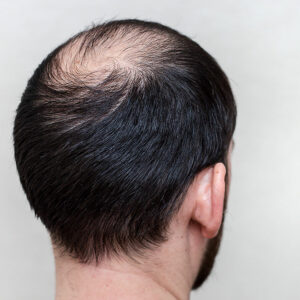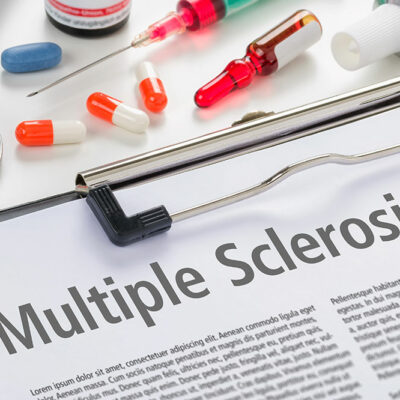10 common mistakes to avoid when sending flowers

Sending flowers is a timeless gesture that conveys love and appreciation. However, even the most well-intentioned floral arrangements can go awry if certain mistakes are made. To ensure your floral gift leaves a lasting impression, it’s important to navigate potential pitfalls. From selecting appropriate blooms to understanding flower care, learn about the intricacies of floral gifting to help you create unforgettable moments. Read on to learn about the 10 mistakes to avoid when sending flowers.
Not considering the recipient’s tastes
One of the biggest mistakes when sending flowers is overlooking the recipient’s preferences. It’s crucial to consider their favorite flowers, colors, and scents. Understanding their style and taste will ensure that the floral arrangement resonates with them.
Not considering the occasion
Each occasion calls for a different type of floral arrangement. Failing to consider the significance of the event or occasion can lead to inappropriate or mismatched flowers. Whether it’s a romantic gesture, a sympathy offering, or a celebration, tailoring the flowers to the occasion will enhance the sentiment behind the gift.
Ignoring seasonal availability
Flowers have distinct seasons of availability, and selecting out-of-season blooms can result in disappointment. It’s essential to be mindful of the flowers that are in season during the time of your intended delivery. By choosing seasonal flowers, you ensure freshness, quality, and a wider variety of options.
Overlooking flower symbolism
Each flower carries its meaning and symbolism. It’s crucial to be aware of these associations to avoid unintentionally conveying the wrong message. For instance, while red roses symbolize love, yellow roses may imply friendship. Taking the time to research flower meanings will add depth and intention to your floral gesture.
Poor planning and timing
Timing is everything when it comes to sending flowers. Failing to plan and arrange for timely delivery can result in missed opportunities or delayed surprises. It’s important to order flowers in advance and coordinate with reputable florists to ensure on-time delivery, particularly for time-sensitive occasions.
Neglecting flower care instructions
Once the flowers have been delivered, proper care is essential to prolong their lifespan and maintain their beauty. Ignoring or overlooking care instructions can lead to premature wilting or fading. Providing the recipient with instructions on watering, trimming, and placement will help them enjoy the flowers for longer.
Not personalizing the message
Accompanying your floral gift with a thoughtful and personalized message adds an extra touch of sincerity. Not including a heartfelt note can diminish the impact of the flowers. Take the time to craft a meaningful message that complements the beauty of the blooms.
Neglecting the importance of presentation
The presentation of the floral arrangement plays a significant role in creating a lasting impression. Overlooking the importance of proper packaging or not paying attention to details such as ribbons and cards can detract from the overall esthetic. Seek assistance from experts or invest in professional packaging to make your gift visually stunning.
Failing to consider allergies or sensitivities
While flowers are a delightful gift for many, it’s important to be mindful of potential allergies or sensitivities. Some individuals may have allergies to certain flowers or strong scents. Ensuring that the chosen flowers are hypoallergenic or compatible with the recipient’s sensitivities demonstrates thoughtfulness and consideration.
Not following up
Following up after sending flowers can make a significant impact. A phone call, text message, or in-person conversation to inquire about the recipient’s reaction and satisfaction shows genuine care and interest.










